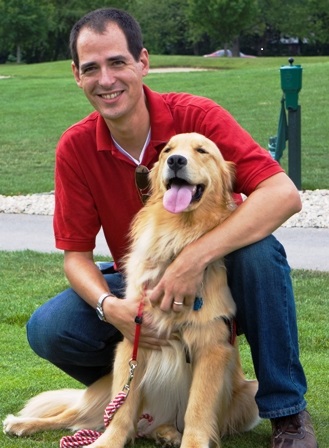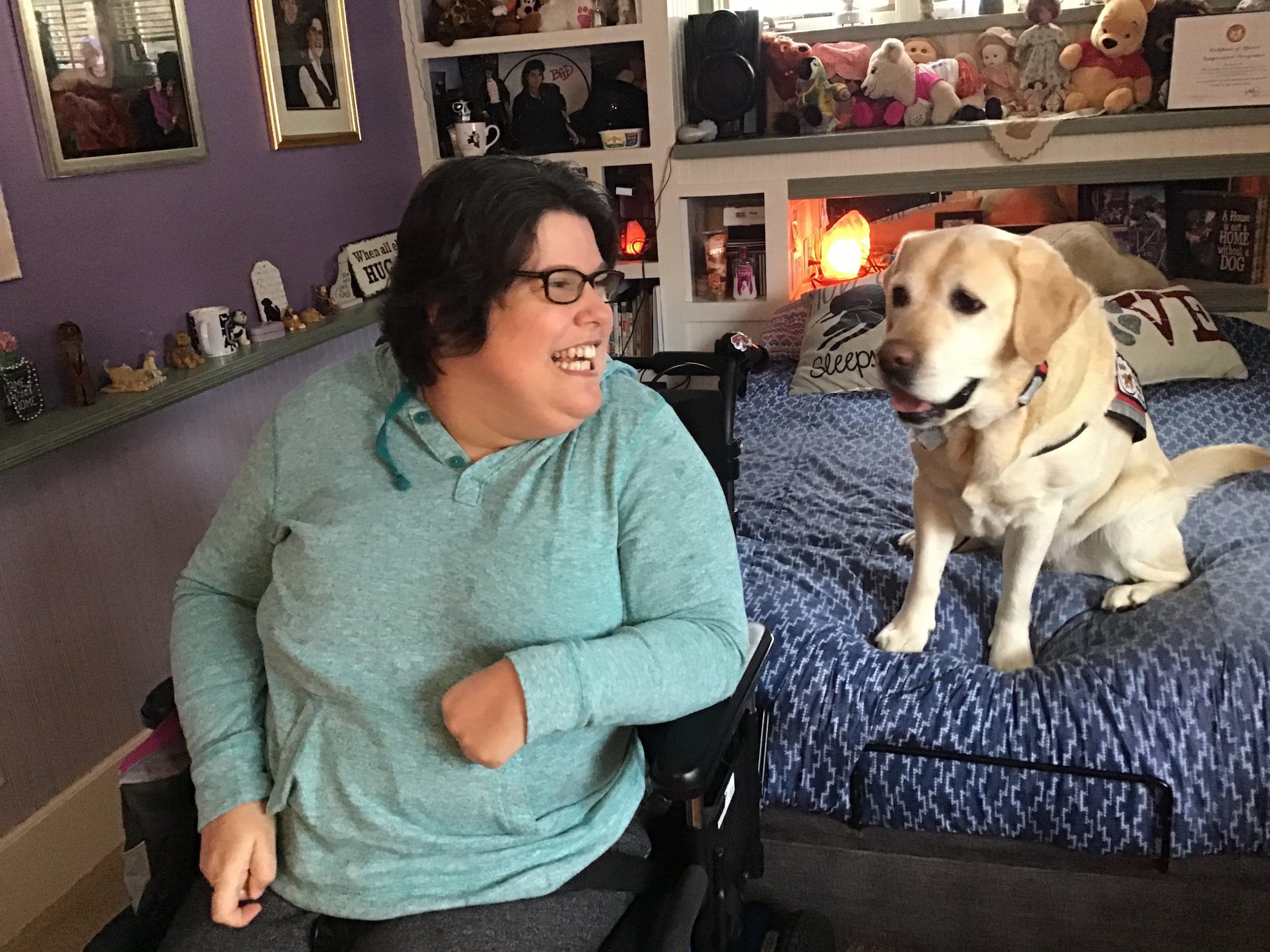Autism Spectrum Disorder Diagnosis in the Time of Coronavirus: A Conversation with Magellan’s Yagnesh Vadgama
In light of recent events, Yagnesh Vadgama, BCBA, vice president, clinical care services, autism, Magellan Health, shared his perspective about how COVID-19 and racial and ethnic disparities may be combining to delay diagnosis and important early treatment for autism spectrum disorder in children.
Magellan Health Insights: Yagnesh, thank you for chatting with us today. In the past there have been marked differences in the rates in which Black and Hispanic children are diagnosed with autism spectrum disorder (ASD). Why was that?
Yagnesh Vadgama: For years, there was a disparity in the rates of ASD diagnosis of Black children versus White children – as recently as 2014 White children were 1.1 times more likely to be diagnosed with ASD by age 8. And in the 1990s, Black children were identified as having ASD later and were more likely to be diagnosed with conduct disorder or adjustment disorder than were White children. For the first time, the CDC has reported that this gap has closed as of 2016 for Black children, which is encouraging news, but was not the case in every state studied.
And, a gap still exists for Hispanic children. White and Black children were 1.2 times more likely to be identified with ASD than Hispanic children. Reasons for this difference include lack of access to healthcare services, differences in Medicaid vs. commercial insurance coverage of ASD services, parents and children speaking a primary language other than English, and potentially fear of seeking out care because of one’s immigration status. It’s still the case that Hispanic and Black children receive evaluations at a later age than White children. Often, children with Medicaid don’t get diagnosed until they begin attending school.
Magellan Health Insights: Why does age of evaluation and diagnosis matter?
Yagnesh Vadgama: With ASD, time is of the essence. The earlier we get kids into services, the better the health outcomes are going to be. If an individual gets treatment early, there is less risk of developmental delays becoming permanent. A recent University of California San Diego study indicates children should receive ASD services as early as 18 months. During this time, the brain is able to acquire new skills at an earlier age. Also, as individuals get older, they are more likely to develop a comorbid diagnosis, so it’s important to begin services prior to the onset of other comorbidities.
Magellan Health Insights: How might COVID-19 be affecting the age at which children are being evaluated?
Yagnesh Vadgama: People are avoiding nonurgent care. Utilization rates of elective services have plummeted. Also, since school is the first place many children get evaluated for ASD, that may not happen with schools closed or moving to remote learning. And since many individuals’ health insurance is provided by their employers, many newly unemployed individuals may not be able to afford COBRA premiums and may lose coverage. Time is of the essence, and delays may have long-term or permanent effects.
Magellan Health Insights: What can healthcare providers do to help ensure early, accurate diagnosis?
Yagnesh Vadgama: Healthcare providers should conduct early and frequent screenings as recommended by the American Association of Pediatrics. But, as important, providers should make appropriate recommendations for follow-up care and really help parents understand the next steps. They need to create a sense of urgency for follow-up care – encourage parents to act now, not to sit on it, see someone now. Then follow up with additional testing and screening on subsequent visits, because ASD can evolve over time. But never use a “just wait and see” approach, because time is of the essence.
Magellan Health Insights: What can parents do to help ensure a correct, early diagnosis if they have concerns?
Yagnesh Vadgama: Understand developmental milestones for your child’s age and the signs of ASD. Speak up about your concerns, especially where a child has a hearing impairment or an intellectual disability – because both situations could lead to a later ASD diagnosis. Be your child’s biggest advocate and ask about concerns and next steps.
One of the beautiful things is that in all 50 states, there is a mandate that commercial insurance carriers provide autism coverage. Covered members now have access to screenings, psychologists, developmental pediatricians and services that weren’t available when I began practicing over 16 years ago. And keep pushing until you get the care that best meets your child’s needs. Don’t wait!
Magellan Health Insights: We couldn’t agree more! Thank you, Yagnesh!
 Edith Calamia, D.O., M.P.H., C.M.D., is national chief medical officer for Magellan Complete Care (MCC). Dr. Calamia joined Magellan in March 2020 and oversees all clinical programs within MCC. She also leads the development and delivery of health plan-specific clinical programs targeted to complex populations such as those needing Long-Term Services and Supports, those who are dually eligible for Medicaid and Medicare, people with Serious Mental Illness, and recipients of Temporary Assistance for Needy Families (TANF) and Children’s Health Insurance Program (CHIP) benefits.
Edith Calamia, D.O., M.P.H., C.M.D., is national chief medical officer for Magellan Complete Care (MCC). Dr. Calamia joined Magellan in March 2020 and oversees all clinical programs within MCC. She also leads the development and delivery of health plan-specific clinical programs targeted to complex populations such as those needing Long-Term Services and Supports, those who are dually eligible for Medicaid and Medicare, people with Serious Mental Illness, and recipients of Temporary Assistance for Needy Families (TANF) and Children’s Health Insurance Program (CHIP) benefits. Aaron & Ian
Aaron & Ian Kinsley & Teal
Kinsley & Teal